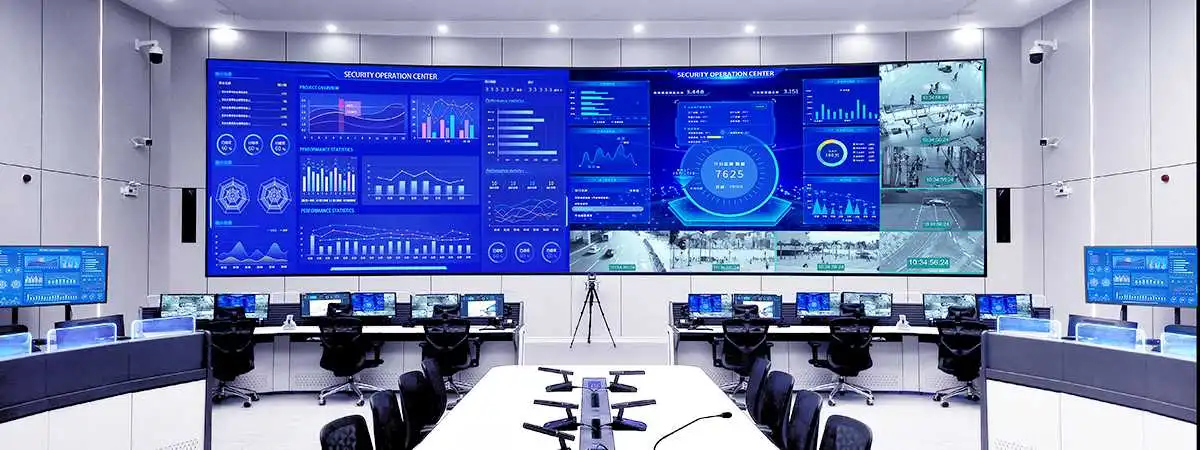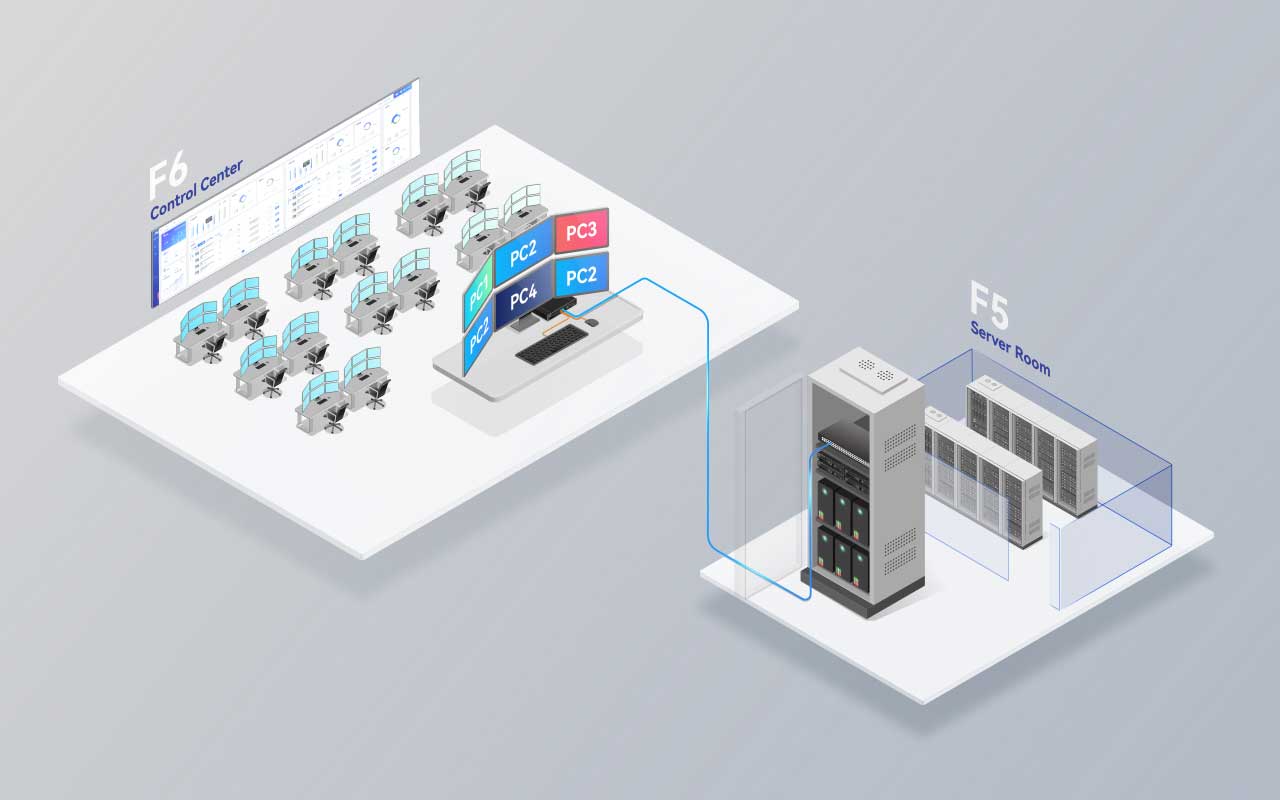Understanding the Role of a Security Operation Center (SOC) in Cybersecurity
What is a Security Operations Center (SOC)?
A Security Operations Center (SOC) is a dedicated team of cybersecurity professionals responsible for detecting, analyzing, and responding to security threats within an organization. The main goal of a SOC is to monitor networks, systems, and applications 24/7 to identify suspicious activity and mitigate potential threats.
SOCs use a range of tools and technologies, such as security information and event management (SIEM), Keyboard Video Mouse Tech (KVM Tech), intrusion detection and prevention systems (IDPS), and endpoint detection and response (EDR) solutions, to monitor and analyze network traffic and user behavior. These tools provide the SOC with real-time visibility into potential threats and enable quick response times to contain and mitigate incidents.
What does a Security Operations Center (SOC) do?
A SOC typically performs three key functions: monitoring, incident response, and threat intelligence.
Monitoring: SOC analysts constantly monitor the organization’s network, systems, and applications for security events, looking for signs of attempted or successful attacks. They use advanced technologies, such as SIEM, to collect and aggregate data from various sources and identify any anomalous activity that could indicate a security issue.
Incident Response: If a security incident does occur, such as a data breach or cyber-attack, the SOC is responsible for quickly responding and containing the threat. The SOC team’s goal is to minimize the potential impact of the breach or attack and restore normal operations as soon as possible.
Threat Intelligence: To stay ahead of potential threats, the SOC must also gather intelligence on any emerging attack vectors or vulnerabilities. They do this by analyzing industry trends, conducting risk assessments, and monitoring updated threat intelligence feeds. SOC analysts then use this information to develop and implement new strategies and protocols to fend off the latest threats.
What is the role of Security Operations Center (SOC)?
The role of a SOC is to provide the organization with security and peace of mind, as they monitor and mitigate the risks of cyber threats. SOC teams are responsible for detecting and responding to security incidents before they cause too much damage to the organization.
Specifically, their role includes:
1. Preventing security incidents: SOC analysts work proactively to identify threats and vulnerabilities before they are exploited. They conduct regular scanning and assessments to identify and mitigate weaknesses in the organization’s security posture.
2. Providing real-time monitoring and response: SOC analysts provide 24/7 security monitoring to detect and respond to critical security events in real-time. They work closely with the IT department to quickly respond to alerts and notify the appropriate stakeholders of potential threats.
3. Restoring services and mitigating risks: SOC teams aim to restore IT services as quickly as possible following a security incident. They develop and implement remediation plans to mitigate any associated risks and to prevent similar incidents from happening in the future.
In conclusion, a cyber Security Operations Center is an essential component of any organization's cybersecurity strategy. They play a key role in monitoring, detecting, and responding to potential security incidents, keeping the business protected from cyber threats. With the aid of advanced tools and technologies, and the expertise of trained professionals, a SOC ensures that the organization remains secure and safeguarded against the ever-evolving threat landscape. To enhance the effectiveness of a Security Operations Center (SOC), organizations can leverage advanced technologies such as KVM transmitter and receiver systems, which provide seamless control and monitoring capabilities. Additionally, integrating cutting-edge control room display solutions further strengthens the SOC's ability to detect and respond to cybersecurity threats efficiently and effectively.








 EN
EN
 th
th  ru
ru  es
es 





